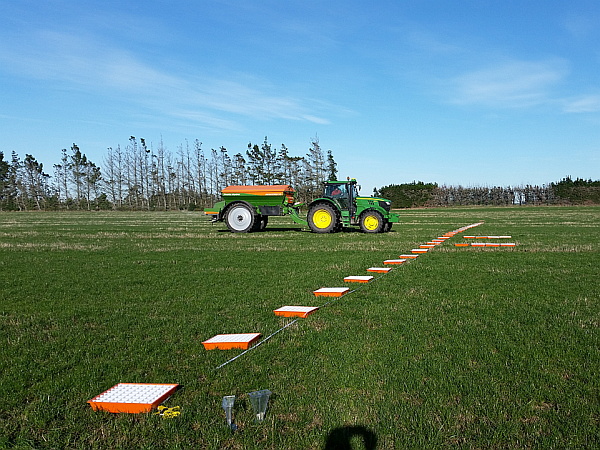Consumer UAVs are increasingly seen as farm tools. Some come with camera and packaged tech for easy flying, pretty much straight out of the box.
But before you leap in, please be aware there are RULES.
We suggest you spend time on the AirShare www.airshare.co.nz and CAA www.caa.govt.nz/rpas/ websites before you get started. Designed specifically for UAV users they have easy to digest information setting out what you can and cannot do.

Our package came with all equipment, an extra battery and optional propeller guards packed in a tough custom carry case. The camera is on a gimbal for steady shots, panning and tilting. Zoom in by getting closer!
A downloaded smartphone or tablet app shows flight information such as height, position and battery charge and lets you see exactly what the camera sees with no delay.
In windy conditions, we achieved about 13 minutes of flight time rather than the 23 minutes stated for each battery charge. Rules say you must be able to see the aircraft with your own eyes so you are probably limited to under 100ha. You could make a reasonable inspection in that time.

We used the UAV to scout at the LandWISE MicroFarm. Viewed from 30m up, crop variation is immediately obvious. Pea flowering striping seems to match drill widths. We had variable emergence too so ponder the link. Sprayer runs are visible too.
On the onion side we see thinner areas to the bottom right, and patches where Plant & Food have harvested sample plants as part of our joint OnionsNZ research project.

Viewed from directly overhead we see more of Plant & Food’s research plots, some harvested and some still being followed through to final harvest. The image indicates all these plots are within a reasonably good and even part of the crop.
To the bottom right, a lower wetter area shows lower populations where plants are smaller and fewer made it through establishment.

Dropping to a metre of two above the crop and tilting the camera, we see up close. Because we are seeing what the camera is seeing, we can choose exactly what we want to check and go there immediately.
So we’ve scouted the whole paddock, had a closer look here and there, and if we need to, we can walk to the spots we want to check in detail. The thing is, we know where we should be looking.






















 We have been trying to determine factors controlling plant density, flowering, pod number, pea number and fill in process crops. Unlike seed peas, vining peas are harvested before the life cycle is complete. Any variation in maturity causes yield loss – both quantity and quality.
We have been trying to determine factors controlling plant density, flowering, pod number, pea number and fill in process crops. Unlike seed peas, vining peas are harvested before the life cycle is complete. Any variation in maturity causes yield loss – both quantity and quality.

 Tray layout for a spreader pattern test
Tray layout for a spreader pattern test